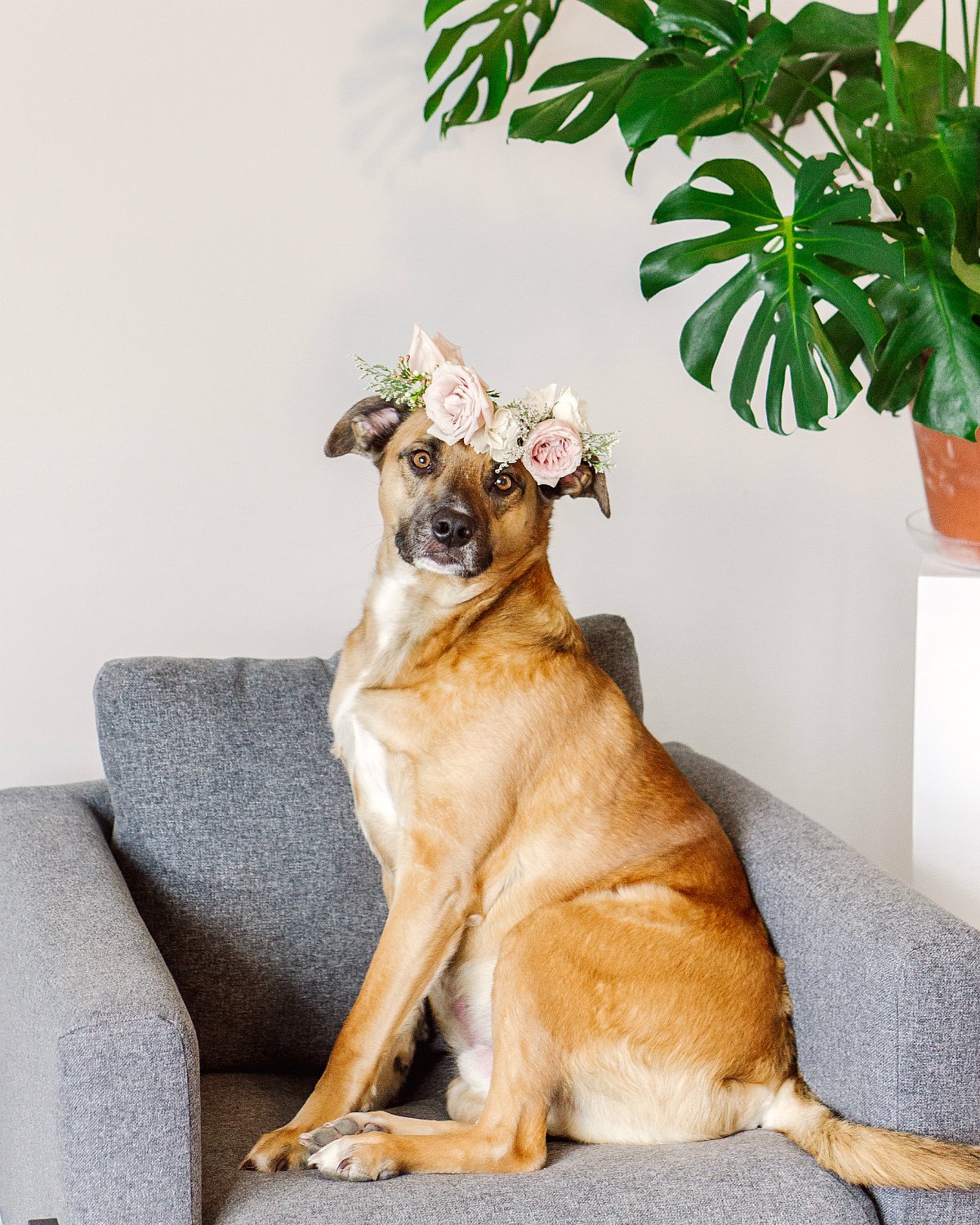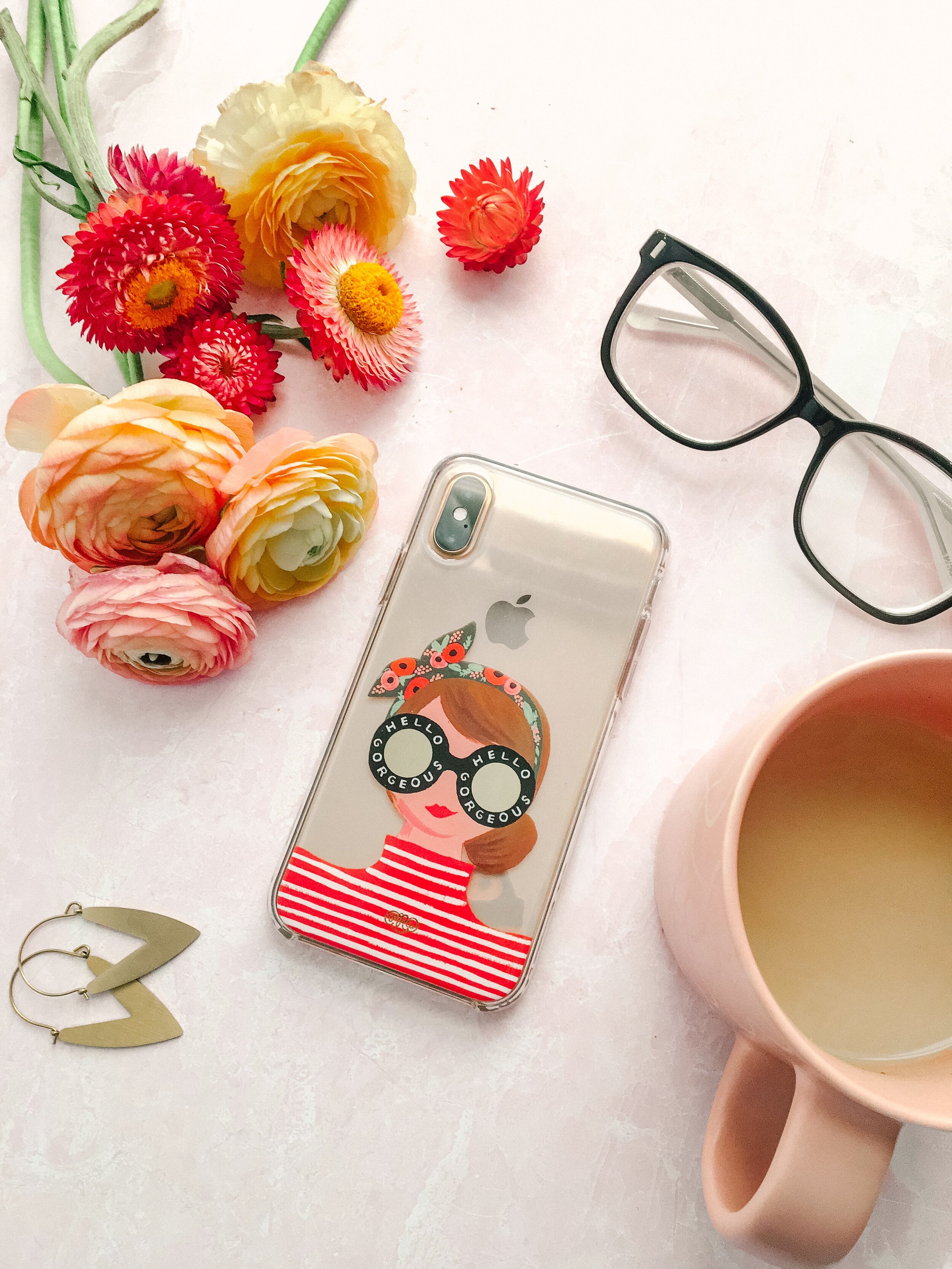How to Attract Your Ideal Client with Brand Photography
About once a day, I’ll find that I stopped scrolling on Facebook or Instagram for a moment to give my full attention to an ad.
I don’t solely want to focus on sponsored content in this piece, but it’s worth starting here because much of the time, “sales” content stands out from a mile away, and as a result, most of us just filter it out. Only now and then does any kind of advertising so captivate our attention that whether or not we’re looking at an ad becomes irrelevant.*
That’s the power of savvy marketing. When you understand your ideal client really, really well, you can compel them to stop whatever they’re doing and join into a scenario you’ve created in a photo, graphic, video or headline—usually in well under a single second.
My job (brand and commercial photography) requires me to work constantly on this skill—making images stand out. And not only stand out, but stand out specifically to a single group of people for whom the image is intended.
Recently on a call with a new client, I was told, “You should go into branding!”—and I said I am in branding. Branding is what informs my photo process, from vision boarding to model casting to wardrobe, venue, and staging. Even my editing style, which overall is uniquely my own, is affected by what I’m trying to communicate that will make my final photos stand out to a particular group of people.
Now, maybe that sounds overwhelming, and maybe you’re not ready to hire a pro to help with these things yet… or maybe you live on the other side of the world from me and don’t know if we will ever have the chance to work together. That’s okay. You can borrow this handful of tips from my process to take your own photos to the next level to connect with your ideal clients.
FIRST: REACHABILITY AND RELATABILITY
If you’ve joined into any of my online classes, you’ve heard me talk about reachability and relatability.
All people—including your potential customers—are Somewhere in their lives right now. And all people have Somewhere Else—often only a little bit ahead of where they are now—that they want to be.
Where they are is usually a place that is shy of where they see themselves being in their best life; even if they are grateful for where they are or how far they have come, it’s a place that’s not quite where they want to be, and they’re pressing through it because of what they believe is on the other side… I.e., They’re putting in the time at a job they don’t love so that they can use it on their résumé for a better job; or they’re cutting carbs because they were promised it would help them burn fat; or they’re devouring marital self-help books in the hopes of circumventing another argument with their spouse.
Where they want to be is what they’re trying to reach for, whether that’s a better job, a slimmer body, a more stable relationship, or something else they believe will give them a sense of safety or “enoughness.”
As a marketer—which you have to be if you’re starting or growing a business—you have to be able to relate to your ideal clients on the pain points in their lives now, and you have to understand what they’re trying to reach for to relieve their pain. Relatability has to do with where they are now, and reachability has to do with where they want to be.
Here’s an example of content that is relatable to my ideal client (creative businesswomen) because it encourages them that all their hard work is working—it just takes time to pay off:
Here’s an example of content that would appeal to my ideal client because it resembles what she’s reaching for (travel, ease, style…):
When my ideal clients land on my website, Instagram, or Pinterest, or if they see a Facebook ad from me or Google leads them to one of my sales pages, they tend to get excited and take action, because they can tell from my photos that I understand both where they are, and where they want to be.
It’s important to know these two things for your own ideal clients. Once you do, you’ll be much more able to make the most of the following steps!
STEP 1: CAPTURE THE ENERGY YOUR IDEAL CLIENT WANTS TO FEEL
If you know your ideal clients really well, the fastest way to capture their attention with your photos is to depict the “mood” of the scenario your ideal clients are reaching for. If the scenario is something they fantasize about daily, they are definitely going to recognize the mood of it when they see it, the same way they’d recognize a loved one across a crowd in a foreign city—they know, on a heart level, exactly the way they want to feel, and they’ll be drawn to it.
To depict the right mood, you’ll want to do a clarifying exercise well before your shoot date. Grab a pen and a notebook. Then, in a quiet space when you have plenty of time, close your eyes, and picture what you think your ideal client pictures in the next step of their Perfect Life. Every time you notice something about the scene, write it down.
There can be anywhere from 3 to 50 different cues in a photo that will tell a person that photo was intended for them; how bright the photo is, what the subject is wearing, the look on his or her face, where the scene is taking place, the motion (or lack of motion) on the image, and all the supporting “props”—whether those be backdrops, people, plants, office supplies, food, or products that are usually only bought by a narrow group of people. For every detail you notice in your vision, write it down, as well as everything you know about it—such as where it came from, or where it falls in the scene.
Share the resulting list (or sketch) with your photographer, and explain why each element is there. This will help the photographer understand the story you’re trying to tell and best capture it through their lens.
STEP 2: DON’T GO FOR PERFECT—MAKE YOURSELF OR YOUR PRODUCT ACCESSIBLE
If your scene is too lofty, your ideal clients can feel cut off from the experience in your photos, rather than invited into it.
This is the other side of reachability and relatability—you want to make sure that your target clients feel like whatever your selling is something that will make them feel not like a fraud, but more like themselves.
Who your ideal clients are is going to affect what this means for your photos. In the series pictured above, my client, Chynna, an online business manager, hoped to communicate on Instagram that she understands how overwhelming running a business can be; how excited she is to celebrate with her clients as they take back control of their work; and how fun their conference calls with one another will be. I love this, because when it comes to online business management, a lot of businesswomen don’t want to ask for help when they feel like a hot mess—sort-of like how many people won’t sign up for a gym membership until they feel “in shape enough” to go to the gym—but Chynna makes it clear that you can show up as you are. She’s there for that exact reason. The fact that she’s working from home in her den, wearing everyday clothing, only makes her even more accessible.
For Step 2, ask yourself what might make you intimidating to your ideal clients. List out everything you can think of (this step can be hard; it really requires stepping outside yourself, or even sometimes asking a friend or client for insight). Then ask how you can ease that fear in potential clients visually. Maybe it’s showing your dog with you at your office, or you eating tacos at a local food truck. Whatever it is, it should be right for your brand, but also make you someone people want to reach out to and work with.
STEP 3: SHOW HOW YOUR PRODUCT OR SERVICE WILL SET YOUR CUSTOMER APART FROM THE MASSES.
In our deepest heart of hearts, we all want both to belong, and to be legendary.
Belonging means being a part of something. For example, if someone asks me which Hogwarts house I belong in, I promptly respond, “Gryffindor!” While this is a fictitious group of people in the Harry Potter world, the values they share that classify them into a single category are values that I also hold, so I feel as though I should be a part of their group. And “being a part” of that group allows me to connect with others—something we all want.
Being legendary means having something special to offer—possessing a characteristic or talent that sets us apart from the group to which we belong. For example, among many brilliant and creative businesswomen in my local and online communities, I am known for my photography. While we all share many things in common—caring for our health and the environment, loving coffee and filling our homes with plants, treating strangers with kindness and trying every day to add more beauty to the world—we’re not all photographers. Some members of the community are graphic designers, or calligraphers, or florists or makers. What makes me special is my ability to capture beauty and tell a story with a camera.
Whatever product or service you sell, on the other side of it, your ideal client should feel either a greater sense of belonging or a greater sense of being legendary. If your product is really good, then it focuses on the “being legendary” side of the spectrum.
After you’ve set the scene for your ideal client using Step 1 in this process (because it will resonate with people who already identify confidently with a community), and you’ve made yourself accessible using Step 2 (so that all barriers are down and new customers aren’t intimidated to reach for what you have to offer), you should style your photos to show off how the product or service you offer takes your ideal client from being “one of the many” to “the one people remember.”
All the cues you set up when you picked your location, chose your lighting style, and assembled your props, you now want to fall into into the background—to be secondary to the thing you’re trying to sell. In essence, you want all these things to be pointing toward, or looking at, the thing you’re offering in the scene.
Take the above images. My client, Keleigh of Anchor Design Co., is showing how her clients, Mary-Kay girls, can make their products pop during the holidays with the addition of the gift tags and wrapping ideas she has created. This will excite her clients not only to sell more during holiday season, but also to potentially gain more business than their competitors because they will create a legendary experience with the products Keleigh has made.
Was this helpful? If so, remember to pin the article so you never lose it! Then tag me in your new photos over on Instagram so I can see how you applied these ideas. I can’t wait to check them out!
*Footnote: Considering that the average person is estimated to see over 4000 marketing messages per day, noticing an ad or two per day is a notable statistic.
HELLO! MY NAME IS ALEXIS.
Coffee lover, day dreamer, foodie, and creative. I believe in doing what you can with what you have where you are. I blog to help you do more with what you have. I hope you love it here!

























